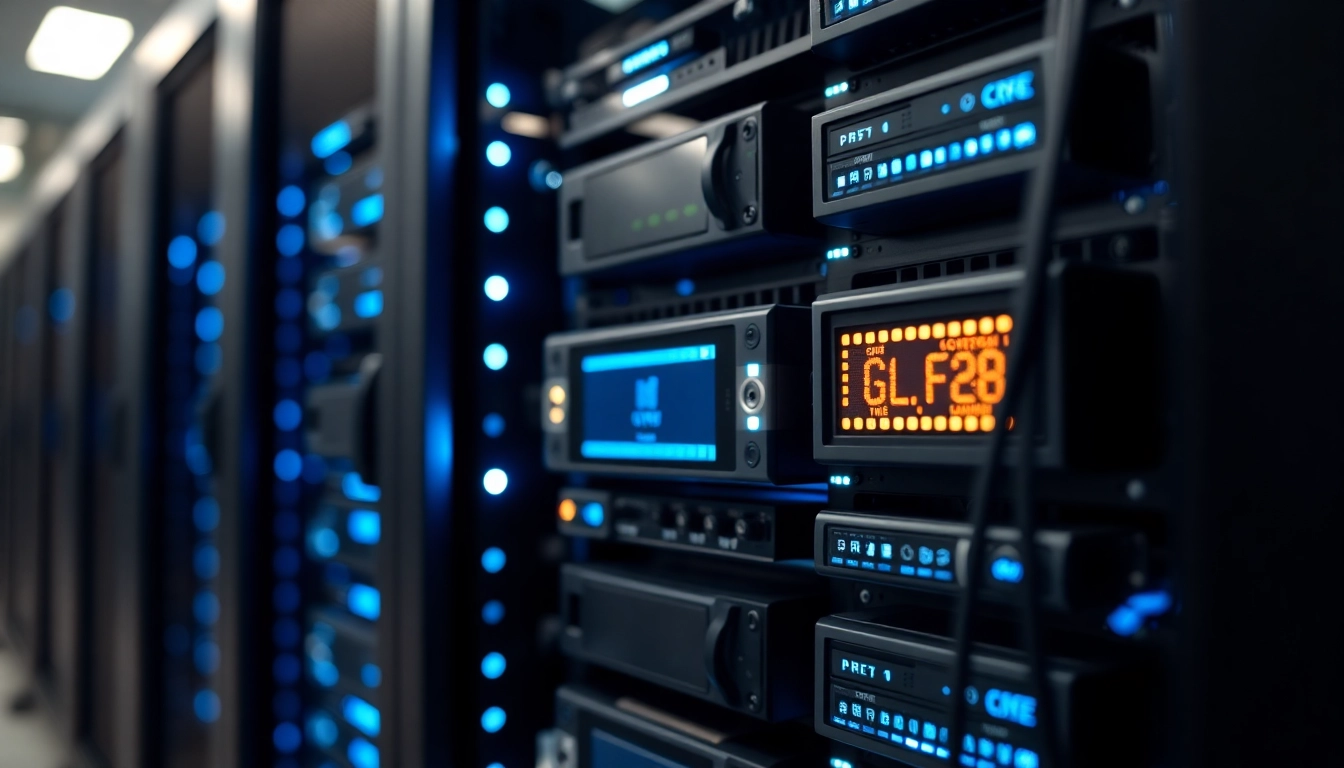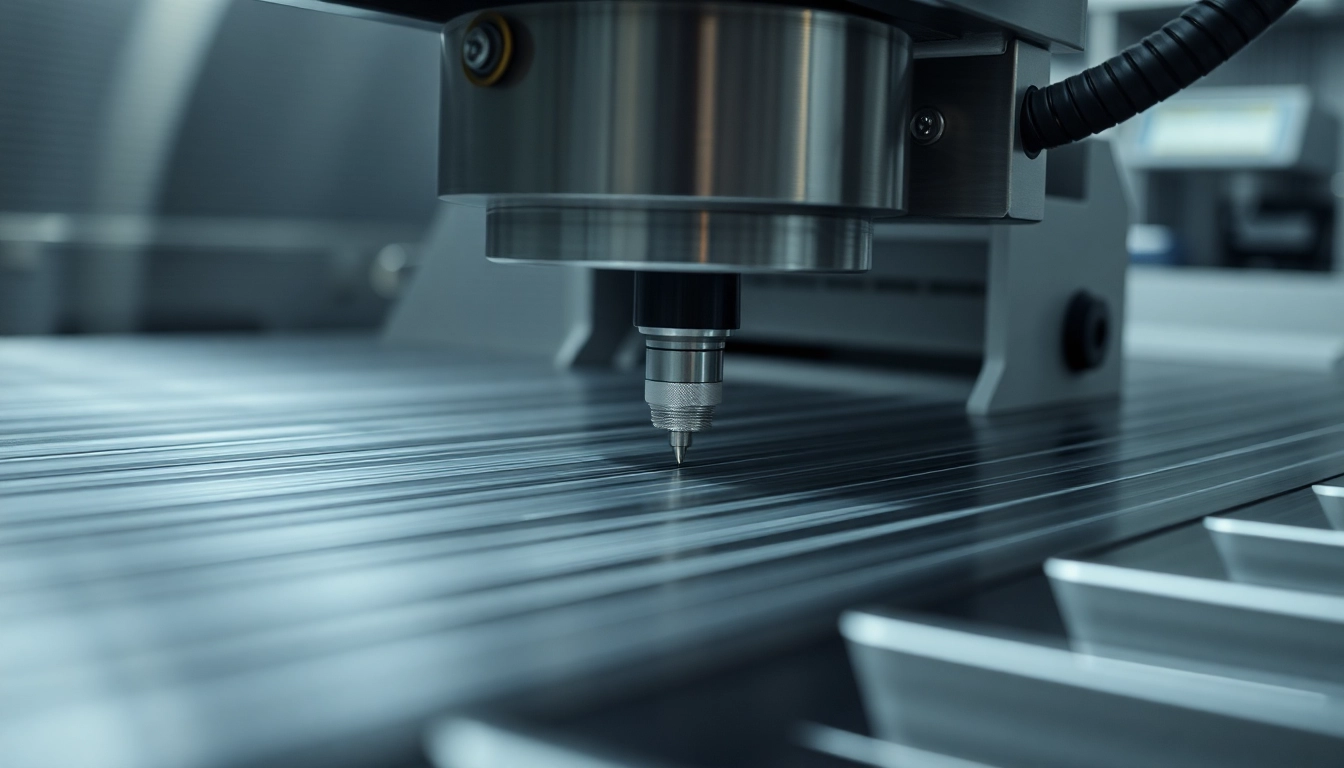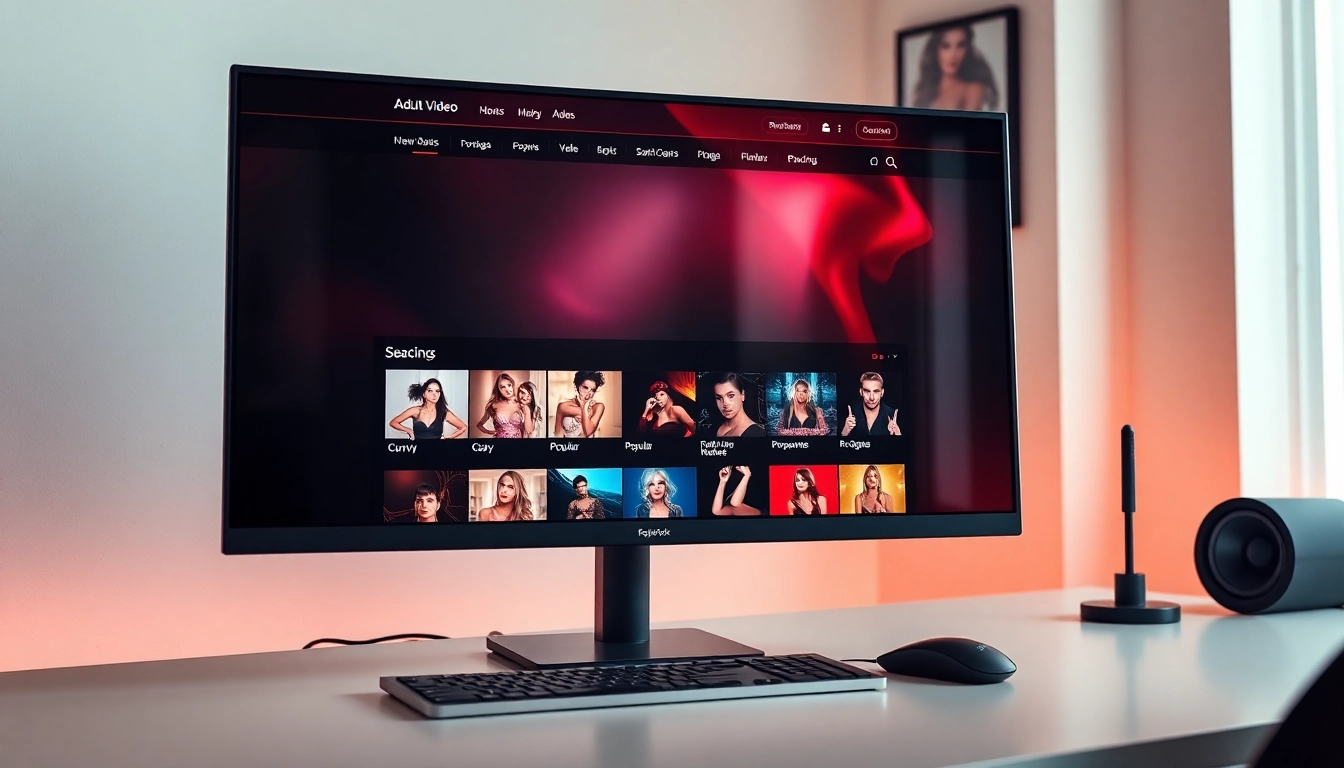
Introduction to Server Components and Their Significance in Modern Infrastructure
In today’s digital era, servers are the backbone of virtually every IT infrastructure, supporting everything from cloud computing and web hosting to enterprise applications and data management. A comprehensive understanding of componente server is essential for IT professionals, system administrators, and organizations seeking to optimize their hardware investments. Server components are the fundamental building blocks that determine a server’s performance, reliability, scalability, and overall operational efficiency. This article provides an in-depth exploration of these vital elements, highlighting their functions, current trends, selection strategies, deployment guidelines, and best practices to ensure a resilient and high-performing infrastructure.
The Key Components of a Server and Their Role in Performance
What is a server component and why is it fundamental?
A server component refers to any hardware element that collectively contributes to a server’s operation. These include the processor (CPU), memory modules, storage devices, network interfaces, power supplies, and motherboards. Each component has a distinct role, and their synergistic functioning directly impacts the server’s ability to handle workloads efficiently and reliably. For instance, a high-performance CPU accelerates processing tasks, while robust storage solutions ensure quick data retrieval. Understanding these components enables organizations to customize their servers based on specific workload demands, whether it’s for high-frequency trading, large-scale virtualizations, or cloud services.
Main Components and Their Contribution to Server Performance
- CPU (Central Processing Unit): The server’s brain, responsible for processing instructions and performing computations. Modern servers utilize multi-core processors with high thread counts to handle parallel workloads.
- Memory (RAM): Fast volatile memory that temporarily holds data for quick access. The capacity and speed of RAM influence server responsiveness and ability to support multiple concurrent users or applications.
- Storage Devices: Hard drives (HDDs), solid-state drives (SSDs), and NVMe drives provide the persistent data repository. Their types and configurations impact data transfer rates, latency, and overall storage capacity.
- Motherboard: The main circuit board connecting all components, allowing communication and data transfer between them. Its compatibility, chipset, and I/O ports determine expandability and future scalability.
- Network Interface Cards (NICs): Critical for connectivity, NICs determine data flow to and from the server, influencing bandwidth and latency.
- Power Supply Units (PSU): Ensure stable power delivery, with efficiency ratings affecting operational costs and reliability under load.
Current Trends in Server Components
The landscape of server hardware is continuously evolving. Present trends focus on enhancing performance, energy efficiency, and scalability. For example, the adoption of Tri-Mode storage controllers (SAS/SATA/NVMe) allows flexible and high-speed data access, optimizing workload management. Additionally, the integration of Intel’s Xeon Scalable processors, AMD Ryzen PRO series, and Nvidia’s GPU accelerators like Tesla models caters to specific high-compute or AI-driven tasks.
Advances in networking hardware, such as 10Gb and 25Gb Ethernet interfaces (e.g., Intel XXV710-DA2 Dual Port 25Gb SFP28), facilitate faster data transfer rates vital for big data and cloud applications. Storage technologies, including enterprise-grade HDDs like Seagate Constellation ES.3 and SSDs such as Dell’s D3-S4520, deliver increased capacity and speed suitable for diverse workloads.
Furthermore, the trend emphasizes modularity and upgradeability, allowing organizations to extend their server lifespan through component replacements without complete hardware overhauls, effectively reducing total cost of ownership.
Selecting the Right Server Components for Your Needs
The Processor: Impact on Data Processing Power
The processor defines the core computational ability of your server. Factors to consider include core count, clock speed, cache size, and compatibility with workload-specific features. For high-performance computing or virtualization, multi-core processors like the Intel Xeon Gold 6132 (2.6GHz, 14 cores) or AMD Ryzen Pro 2400G (3.6GHz, 8 cores) are preferred. For general applications, mid-range CPUs like Intel Core i5-1145G7 (up to 4.4GHz) may suffice.
Memory (RAM): Speed, Capacity, and Optimization
Modern servers demand ample and fast memory. DDR4 modules with capacities up to 256GB or more are common in enterprise settings. For optimal performance, choose RAM with high MHz ratings and low latency, ensuring the memory subsystems do not bottleneck CPU performance. Techniques like memory balancing and error-correcting codes (ECC) further enhance reliability.
Storage Technologies: Types, Capacity, and Configuration
Choosing between HDDs, SSDs, and NVMe drives depends on workload specifics—large data archival vs. high-speed transactions. Enterprise-grade SAS drives (e.g., Seagate ST3000NM0023, 3TB 7200 RPM) excel in durability and consistent performance for large storage arrays. SSDs like Dell’s D3-S4520 480GB NVMe drastically reduce access times, ideal for databases and virtual machines. Configurations such as RAID arrays provide redundancy and fault tolerance, with controllers like Broadcom MegaRAID 9440-81 playing a vital role.
Implementing and Maintaining Server Components Effectively
Installation and Upgrades Procedures
Component installation begins with ensuring compatibility—consult official documentation and hardware compatibility lists. Use anti-static precautions and quality tools to install CPUs, memory modules, and storage drives. Firmware and driver updates are crucial post-installation for optimized performance and security. For upgrades, carefully power down, document existing configurations, and test the hardware after installation. Modular components like NVMe drives can often be hot-swapped or upgraded during maintenance windows.
Ensuring Compatibility and Maximizing Performance
Compatibility begins at the BIOS/UEFI level—update firmware to support new hardware features. Cross-check component specifications against motherboard and chassis limitations. Use tools like Dell’s Server Configurator or HPE’s provisioning software to create optimal configurations. Balancing CPU, memory, and storage prevents bottlenecks, while RAID configurations maximize data protection and access speed.
Maintenance Tips for Longevity and Reliability
- Regularly monitor hardware health via built-in diagnostics or management tools (e.g., Dell iDRAC, HPE iLO).
- Keep firmware and drivers up to date to patch vulnerabilities and improve stability.
- Implement redundant power supplies and cooling solutions to prevent unexpected downtime.
- Schedule periodic hardware audits to detect signs of wear or impending failure.
Comparative Analysis: Brands, Costs, and Quality
Top Brands and Their Advantages
- Dell: Renowned for robust server hardware, comprehensive warranty options, and extensive component compatibility.
- HPE (Hewlett Packard Enterprise): Emphasizes scalability, enterprise-grade storage solutions, and management tools.
- Supermicro and Cisco: Specialize in high-density, customizable server solutions tailored for data centers.
- Component manufacturers like Intel, AMD, Samsung, Seagate: Offer high-quality processors, memory, and storage devices with proven reliability.
Cost Factors and Quality Considerations
Premium components such as Xeon processors, enterprise SSDs, and high-end RAID controllers come at higher costs but offer increased durability, performance, and security. Budget choices might involve mid-tier parts suitable for less critical applications but may sacrifice some scalability or longevity. Balancing cost and quality involves assessing workload demands, future expansion plans, and total cost of ownership.
Use Case Examples
- Data centers requiring high-density storage use configurations with 2nd generation Intel Xeon CPUs paired with multi-TB SAS HDDs.
- Virtualization centers benefit from fast NVMe SSDs combined with ample ECC RAM for stability.
- AI and machine learning workloads leverage GPU accelerators like Nvidia Tesla alongside high-core CPUs.
Success Stories and Best Practices for Managing Server Components
Case Studies across Industries
Many organizations have successfully modernized their IT infrastructure by replacing legacy servers with modular, high-performance components, significantly reducing downtime and increasing throughput. For example, a financial institution upgraded to R640 servers with dual Intel Xeon Gold CPUs and NVMe storage, resulting in faster transaction processing and improved compliance with SLAs.
Common Mistakes and Prevention Strategies
- Underestimating compatibility issues—always verify component specifications.
- Neglecting firmware updates—ensure all hardware runs the latest firmware.
- Overlooking thermal management—adequate cooling prevents hardware degradation.
- Ignoring future scalability—plan for additional memory or storage to accommodate growth.
Strategies to Maximize Investment
- Adopt modular architectures allowing incremental upgrades.
- Leverage vendor-managed tools for configuration and health monitoring.
- Implement routine maintenance schedules and staff training.
- Integrate emerging technologies like AI-based predictive diagnostics for proactive management.






